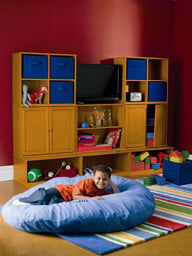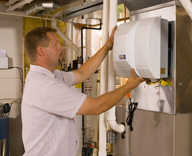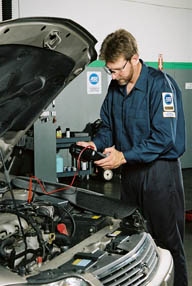For Homeowners Looking to Re-side, Beauty Is More Than Skin Deep

Fiber cement siding is made from a mix of wood pulp and Portland cement that's formed into long boards or shingles. Because of its rigidity, fiber cement must be handled very carefully during shipping, delivery and installation to prevent damage. To preserve the manufacturer's warranty, your contractor will need to repair or dispose of damaged planks; failure to do so will compromise performance over time, such as allowing in moisture, which can lead to rot or spoil the finish. A leading database for contractors estimates fiber cement's total installed cost at $300 per 100 sq. ft., unless you choose factory-painted products for additional cost.
Vinyl siding, including insulated siding, is made from polyvinyl chloride (PVC), which is derived from salt and natural gas, and is engineered for optimum stability, while remaining lightweight and flexible to make it more durable. It's the only exterior cladding with a product-certification program administered by an independent, accredited quality-control agency that ensures products and colors meet or exceed industry standards; and a certified installer program with validation by an independent, third-party administrator to ensure that installers demonstrate knowledge of industry-accepted application techniques.
Designed to protect and beautify any home from the moment it's installed, vinyl siding costs about $100 less per sq. ft. than fiber cement, according to the contractor database. Once it's installed, there are no maintenance costs aside from periodic cleaning with garden hose, a soft bristle brush and a bucket of soapy water. Homeowners with fiber cement will need professional services every few years to re-caulk seams (or else risk voiding their warranty). And homeowners (or their contractors) will need to repaint, or at the very least, touch up their factory-finished coating.
To complement the siding, vinyl and polypropylene siding manufacturers sell a variety of trim and accessories to reproduce or create classic architectural styles -- column wraps that give a home that Craftsman look, cornice and dentil molding typical of Georgian homes, decorative brackets, shutters, and more. Fiber cement is limited to planks and shakes, so finding complementary trim and accessories (or matching color) can be a challenge.
"Homeowners choose vinyl siding more often than any other exterior cladding -- and for good reasons," says Jery Y. Huntley, president and CEO of the Vinyl Siding Institute Inc. "Vinyl siding's lifetime value, installation advantages, ease of maintenance, accessories and warranties are why it is the number-one cladding choice in the U.S. and Canada."
For more information, visit www.vinylsiding.org.






No comments: